Chirality is a property of some molecules, subatomic particles, living organisms and other physical or biological systems. This property entails a lack of mirror symmetry in these systems’ underlying structures.
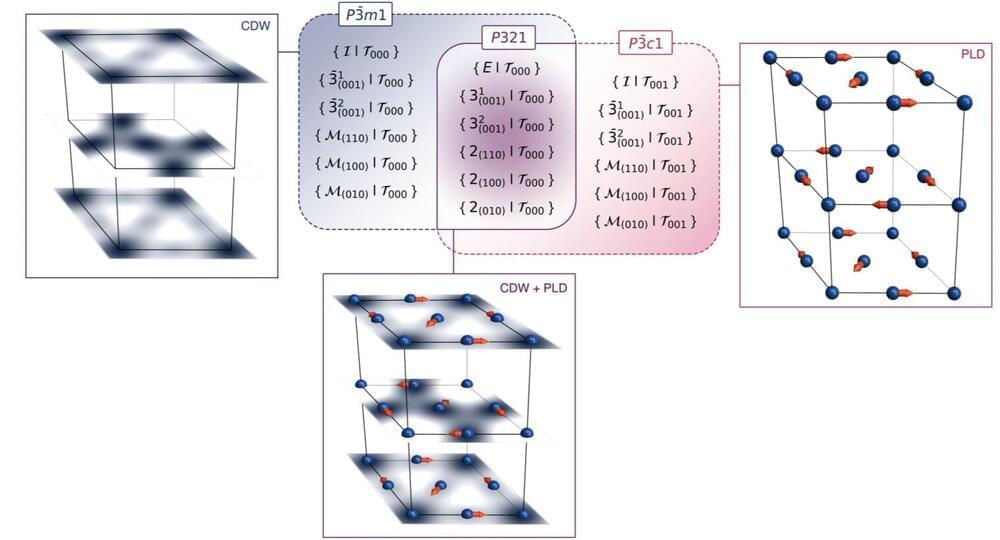


A group of South Korean researchers has successfully developed an integrated quantum circuit chip using photons (light particles). It is a system capable of controlling eight photons using a photonic integrated-circuit chip. With this system, they can explore various quantum phenomena, such as multipartite entanglement resulting from the interaction of the photons.
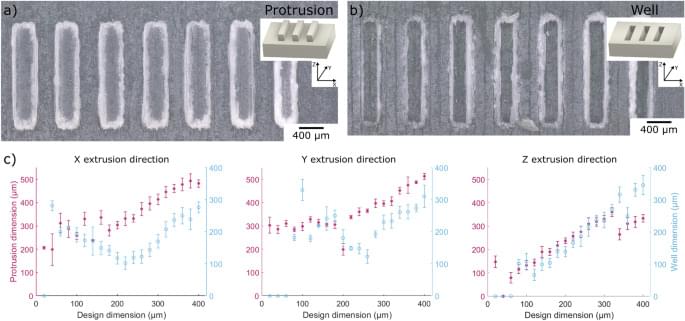
Year 2021 face_with_colon_three
Scientific Reports — 3D printed microfluidic lab-on-a-chip device for fiber-based dual beam optical manipulation. The final 3D printed chip offers three key features, such as an optimized fiber channel design for precise alignment of optical fibers, an optically clear window to visualize the trapping region, and a sample channel which facilitates hydrodynamic focusing of samples. A square zig–zag structure incorporated in the sample channel increases the number of particles at the trapping site and focuses the cells and particles during experiments when operating the chip at low Reynolds number. To evaluate the performance of the device for optical manipulation, we implemented on-chip, fiber-based optical trapping of different-sized microscopic particles and performed trap stiffness measurements. In addition, optical stretching of MCF-7 cells was successfully accomplished for the purpose of studying the effects of a cytochalasin metabolite, pyrichalasin H, on cell elasticity. We observed distinct changes in the deformability of single cells treated with pyrichalasin H compared to untreated cells. These results demonstrate that 3D printed microfluidic lab-on-a-chip devices offer a cost-effective and customizable platform for applications in optical manipulation.
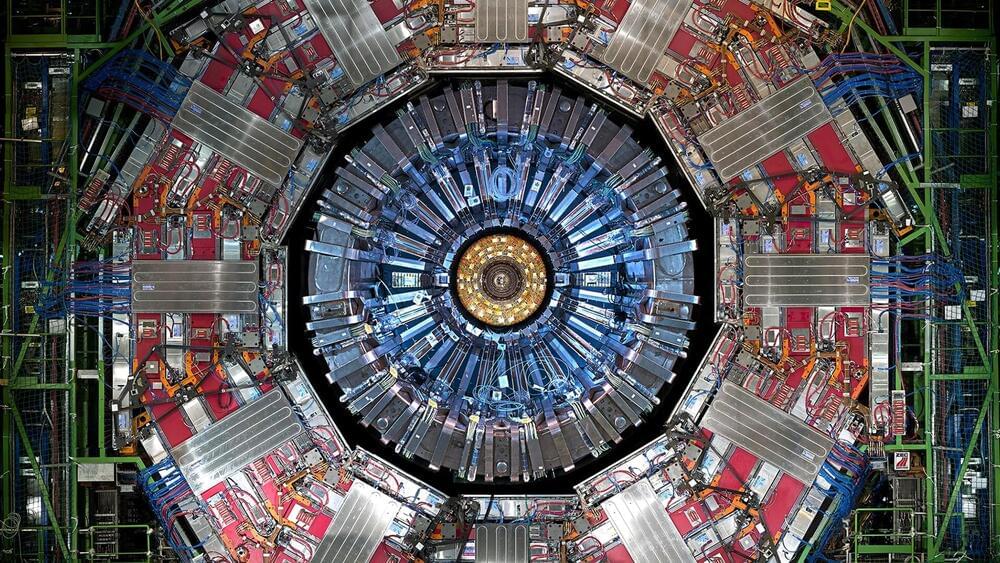
In the quest to uncover the fundamental particles and forces of nature, one of the critical challenges facing high-energy experiments at the Large Hadron Collider (LHC) is ensuring the quality of the vast amounts of data collected. To do this, data quality monitoring systems are in place for the various subdetectors of an experiment and they play an important role in checking the accuracy of the data.
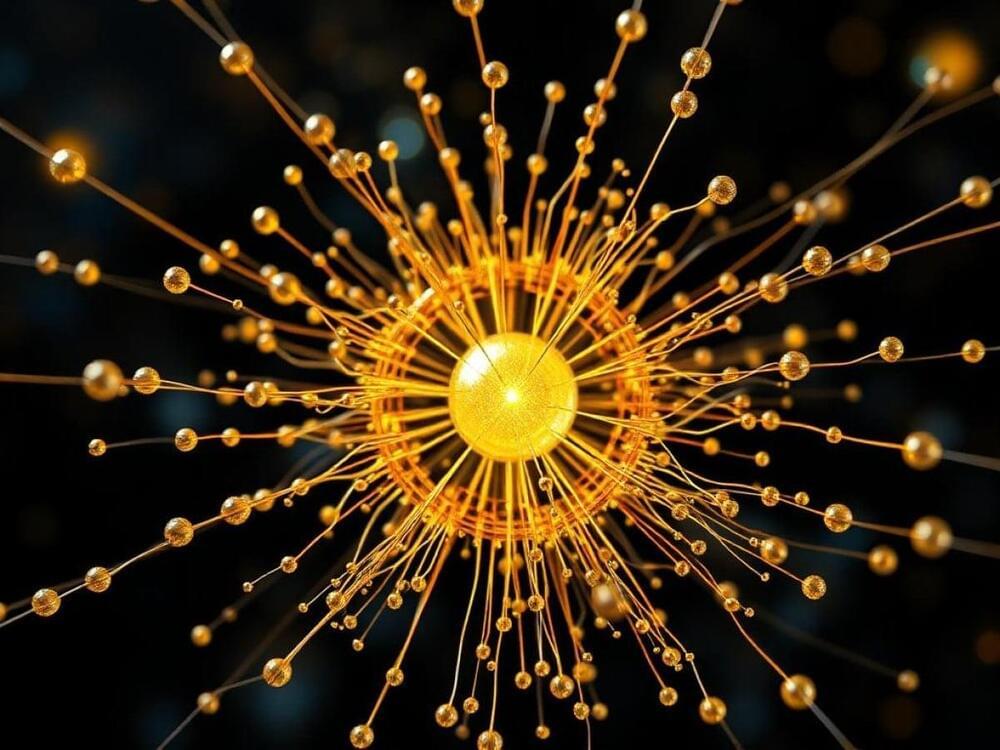
The Higgs boson is often referred to as the “God particle” due to its crucial role in our understanding of the mass of elementary particles. Discovered in 2012, it remains at the forefront of many research endeavors in physics. Recently, researchers at the Max Planck Institute have made significant advances in measuring its interactions with other particles, opening up thrilling new possibilities for the future of science.
In the Standard Model of particle physics, the Higgs boson plays a key role in giving mass to particles. To fully grasp how this occurs, it’s important to revisit the concepts of the Higgs field and mechanism.
Think of the Higgs field as a sort of invisible network or mud that fills the entire universe. This field, teeming with Higgs bosons, is present everywhere, even in a vacuum. When a particle moves through this field, it interacts with it. The Higgs mechanism essentially explains how this interaction with the field endows particles with mass.
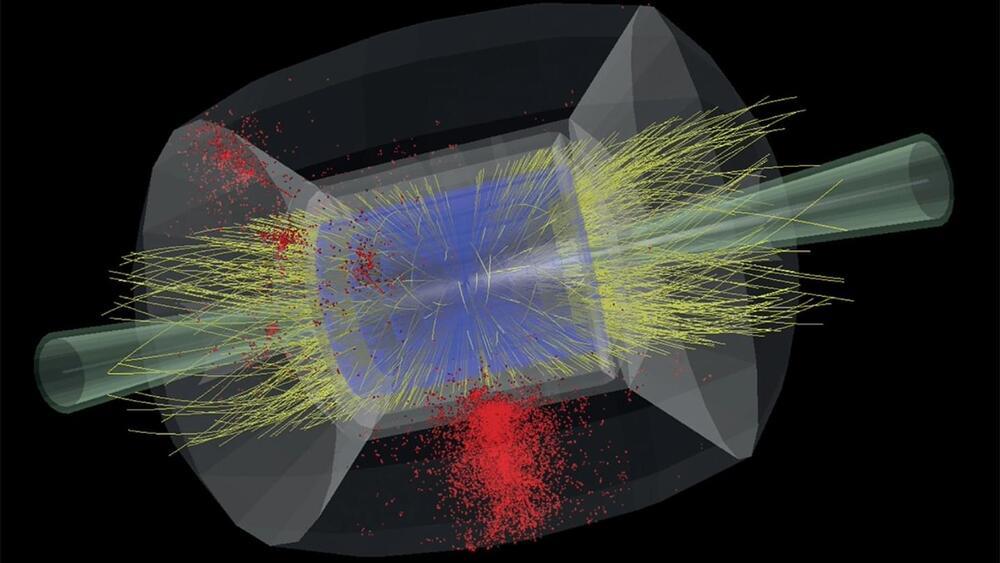
Now, scientists have not only cooled muons but also accelerated them in an experiment at the Japan Proton Accelerator Research Complex, or J-PARC, in Tokai. The muons reached a speed of about 4 percent the speed of light, or roughly 12,000 kilometers per second, researchers report October 15 at arXiv.org.
The scientists first sent the muons into an aerogel, a lightweight material that slowed the muons and created muonium, an atomlike combination of a positively charged muon and a negatively charged electron. Next, a laser stripped away the electrons, leaving behind cooled muons that electromagnetic fields then accelerated.
Muon colliders could generate higher energy collisions than machines that smash protons, which are themselves made up of smaller particles called quarks. Each proton’s energy is divvied up among its quarks, meaning only part of the energy goes into the collision. Muons have no smaller bits inside. And they’re preferable to electrons, which lose energy as they circle an accelerator. Muons aren’t as affected by that issue thanks to their larger mass.
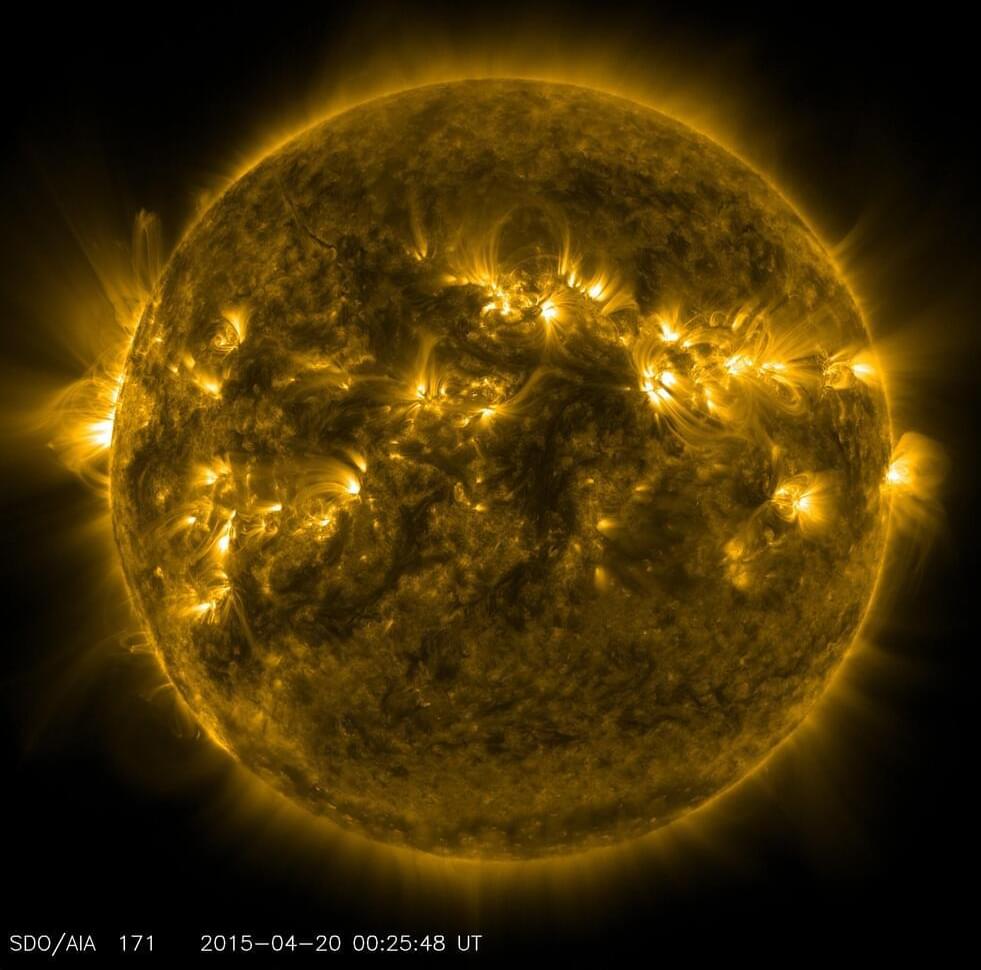
“Solar system formation models using the new solar composition successfully reproduce the compositions of large Kuiper Belt objects (KBOs) and carbonaceous chondrite meteorites, in light of the newly returned Ryugu and Bennu asteroid samples from JAXA’s Hayabusa-2 and NASA’s OSIRIS-REx missions.”
To make this discovery, the team combined new measurements of solar neutrinos and data about the solar wind composition from NASA’s Genesis mission, together with the abundance of water found in primitive meteorites that originated in the outer solar system. They also used the densities of large KBOs such as Pluto and its moon Charon, as determined by NASA’s New Horizons mission.
“This work provides testable predictions for future helioseismology, solar neutrino and cosmochemical measurements, including future comet sample return missions,” Truong said.

“We’re showing that, everywhere we look now, there was some sort of magnetic field that was responsible for bringing mass to where the sun and planets were forming,” said Dr. Benjamin Weiss.
What can dust grains that were returned to Earth from the asteroid Ryugu teach scientists about the early solar system? This is what a recent study published in AGU Advances hopes to address as an international team of researchers led by the Massachusetts Institute of Technology (MIT) investigated how dust grains from the asteroid Ryugu that returned to Earth by Japan’s Hayabusa2 mission could help unlock secrets of the early solar system, specifically regarding the formation of the gas giants that orbit beyond the asteroid belt.
For the study, the researchers analyzed three dust grain particles for evidence of magnetic fields that might have existed when Ryugu first formed billions of years ago. In the end, they found that the particles displayed an ancient magnetic field equal to 15 microtesla, which is 30 percent of the Earth’s current magnetic field at 50 microtesla. Despite this decrease, the researchers hypothesize that this could be powerful enough to allow matter in the early solar system to coalesce, known as accretion, to form the asteroids and possibly the gas giants that orbit in the outer solar system approximately 4.6 billion years ago.

Coelacanths are strange fish that are currently only known from two species found along the East African coast and in Indonesia. A team from the Natural History Museum (MHNG) and the University of Geneva (UNIGE) has succeeded in identifying an additional species, with a level of detail never before achieved. This discovery was made possible by the use of the European Synchrotron Radiation Facility (ESRF) in Grenoble, a particle accelerator for analyzing matter.
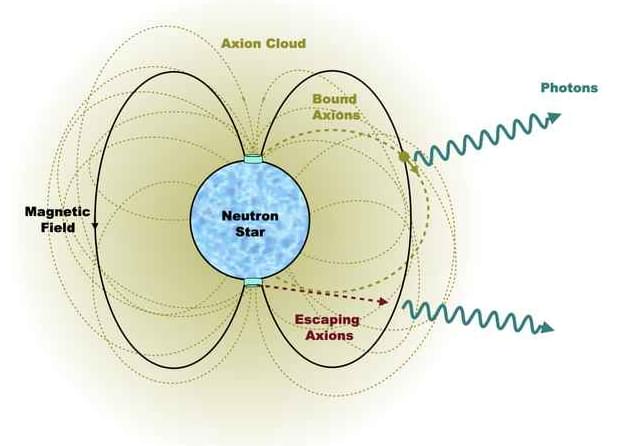
Physicists show that neutron stars may be shrouded in clouds of ‘axions’ — and that these clouds can teach us a lot. A team of physicists from the universities of Amsterdam, Princeton and Oxford have shown that extremely light particles known as axions may occur in large clouds around neutron stars. These axions could form an explanation for the elusive dark matter that cosmologists search for — and moreover, they might not be too difficult to observe.